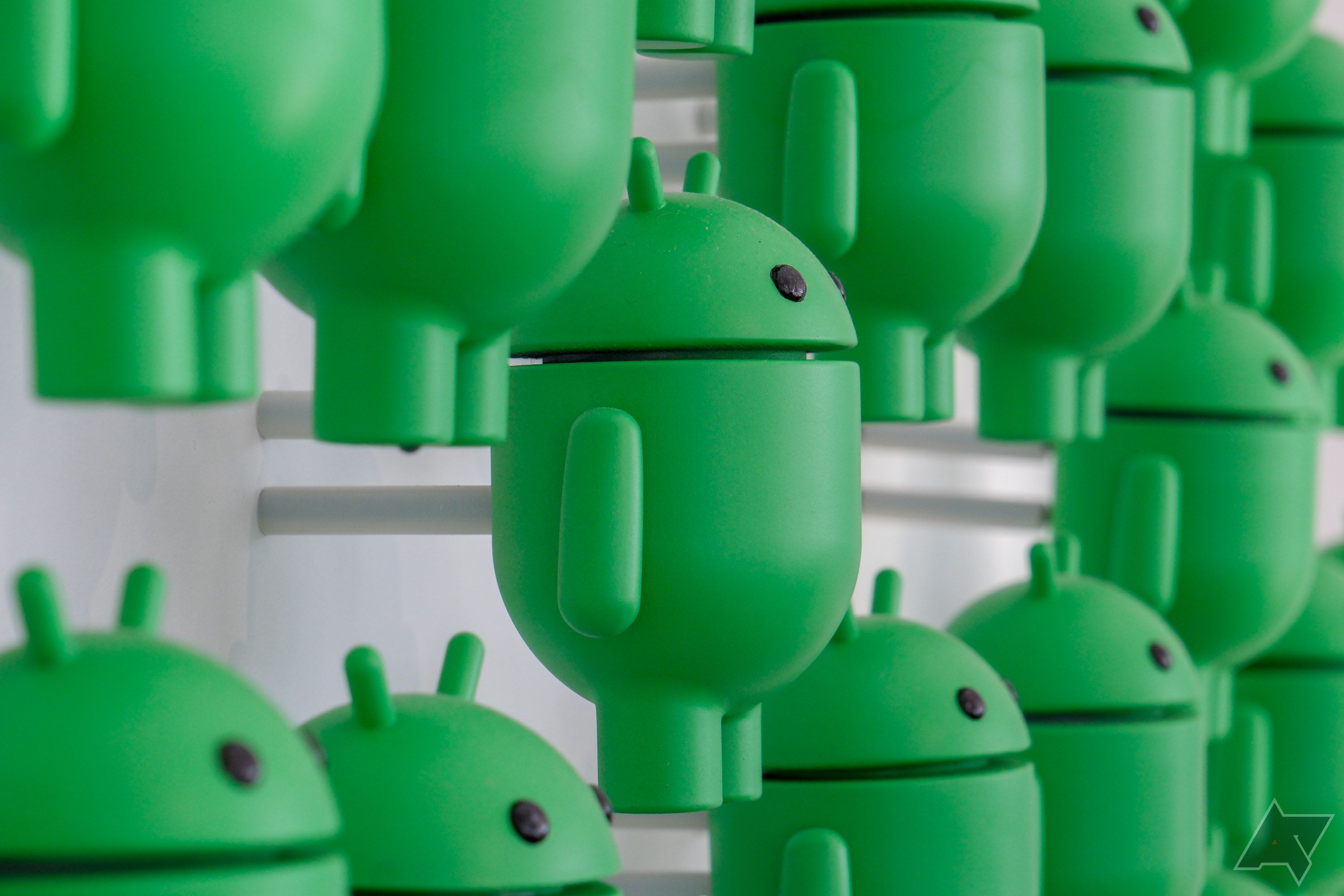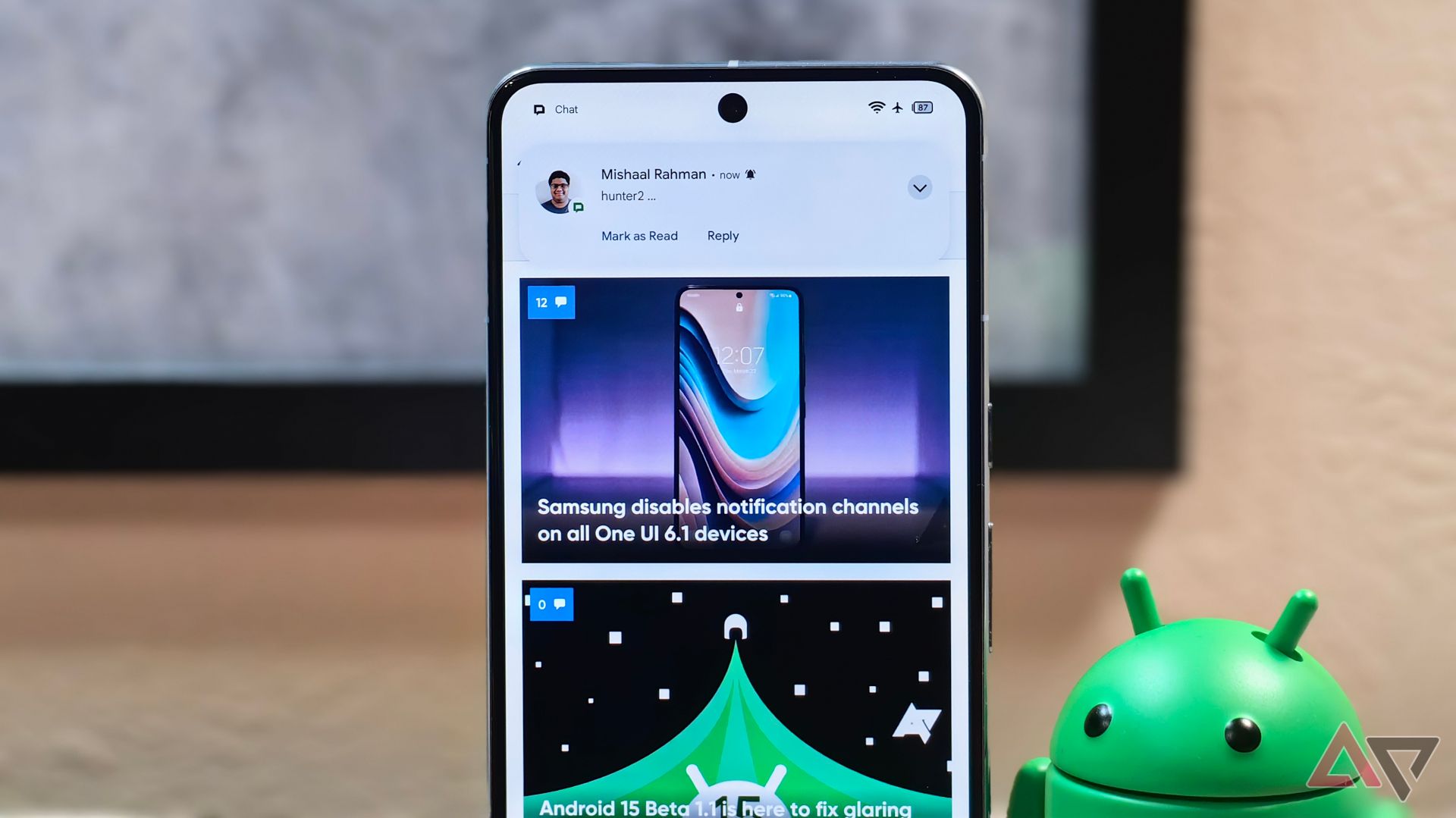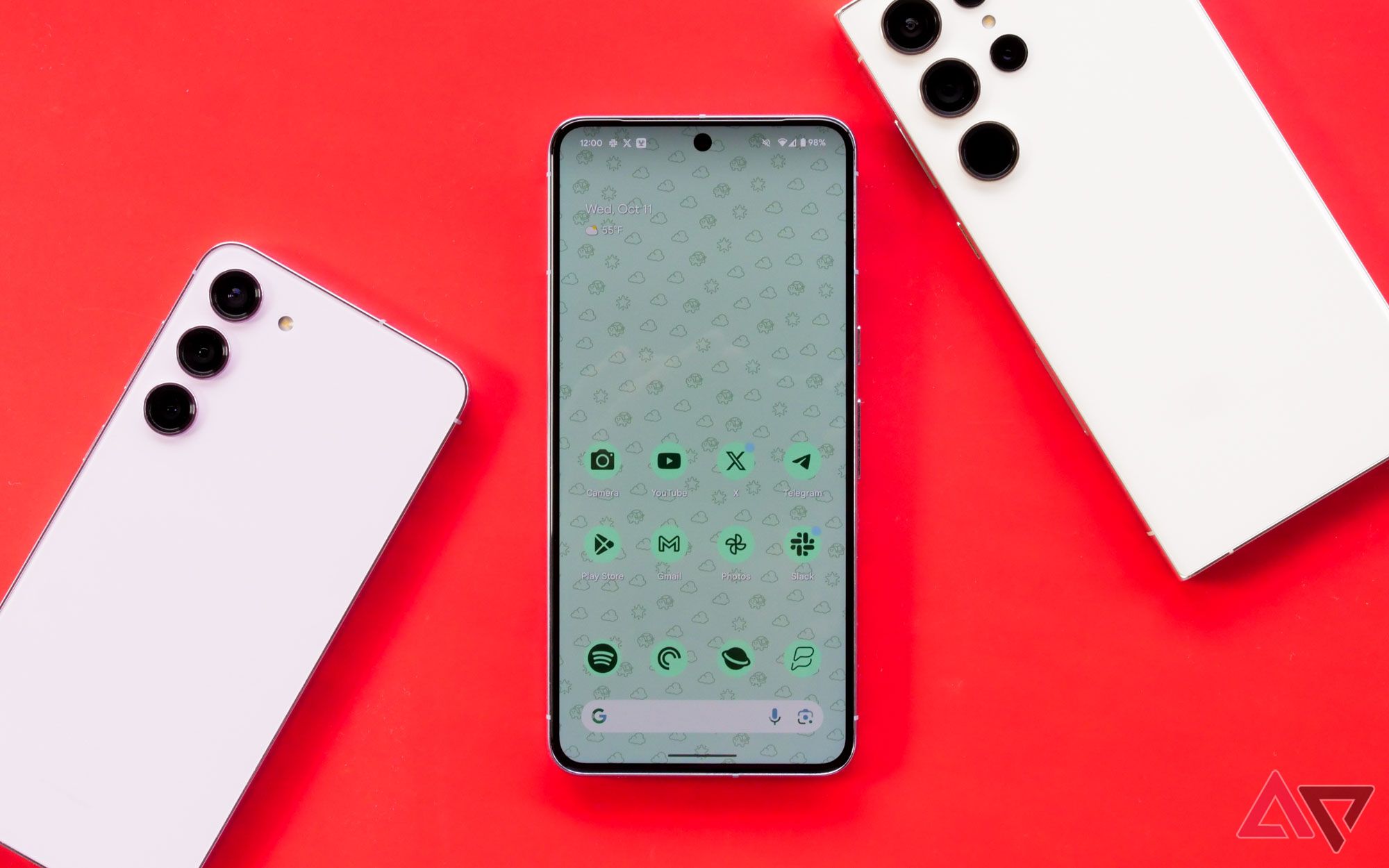Tech
Here’s why you shouldn’t install Android 15 betas on your daily driver

There’s a lot of hype around Android 15, the upcoming version of Android set to release this fall. At its annual developer conference, Google is likely to officially showcase a few of Android 15’s best features. Those reveals will come in addition to everything we’ve learned so far through Android 15 Developer Preview and Android 15 Beta releases. It’s easy to get excited about Android 15 and want to get a sneak peek at the latest version of the operating system, but it’s better to keep an eye on developments from afar. Anyone can install Android 15 Beta versions on their daily-driver smartphone, as long as it’s part of the Pixel 6 series or higher (plus the Pixel Fold). However, that doesn’t mean you should.
If you’ve been following Android and the consumer tech space for a while, there’s a good chance you’ve heard warnings about the danger of installing pre-release software on daily drivers. At best, you’ll experience unknown bugs, missing features, and overall performance drags while running Android 15 Developer Previews and Betas on your device. At worst, an early and unstable version of Android 15 could brick your device beyond repair or result in data loss.
Our advice is simple: if you depend on a Pixel phone or tablet for anything — whether it’s working, monitoring health, connecting with family and friends, or contacting help in an emergency — don’t install Developer Previews or Beta releases. Not convinced yet? These reasons might change your mind about installing pre-release software on your daily driver.
Android 15: Leaks, timeline, and everything new in Beta 1
Here’s what we know about Android 15 now that the first beta has landed
Developer Previews and Betas aren’t made for daily use
Just because you can install it on your Pixel doesn’t mean you should
To understand why Developer Preview and Beta releases can be so problematic as daily drivers, we’ll first need to review their purpose. Google, like other companies that develop, maintain, and release software, puts out updates and upgrades. While the two terms are often used interchangeably, they mean different things. The jump from Android 14 to Android 15 counts as an upgrade, while monthly security patches or QPR releases would be considered an update. Updates are smaller, usually containing tweaks or bug fixes, while upgrades are more considerable overhauls.
So, pre-release versions of Android 15 contain many changes, additions, and removals all occurring around the same time. Google does internal testing before it seeds Developer Previews and Betas to early-access testers, but even the company doesn’t know what bugs or issues might arise due to under-the-hood tweaks. That’s why the Developer Previews and Betas are so important. With many Android developers experimenting on early versions of Android 15, bugs and edge cases are thwarted quicker, and the OS is stable by the time it rolls out to the public.
The key word here is developer. Extra users are welcomed by Google to test the Android 15 Developer Preview and Beta releases, but there is a practical reason developers need access early. Their job is to determine whether the apps they develop run well on Android 15 and make any necessary changes. If there are new features, tools, or APIs available, developers get the chance to integrate these into their apps, so they’re ready when Android 15 rolls out publicly. These software releases exist for Google and Android developers to fix all the problems in Android 15 so that you don’t have to deal with them. They aren’t actually supposed to be a way for you to get the perfect Android 15 experience months before everyone else.
Android 15 hasn’t gone smoothly so far
Bricked devices and broken features are early reminders of what can go wrong
We would recommend against installing Developer Previews and Betas on your daily driver even if Android 15 had gone smoothly thus far, but it hasn’t. There have been a handful of major bugs and reports of bricked devices, especially concerning Android 15 Developer Preview 1 and Developer Preview 2. Users who decided to install Android 15 DP1 or DP2 on their daily driver without first unlocking the bootloader quickly discovered that their device was bricked. These phones showed “Device is corrupted” error messages after sideloading one of the Developer Previews, with no fix available. This is because you can only sideload factory OTAs with a locked bootloader if they are newer than the one you’re currently using.
Anyone who tried to install an Android 15 Developer Preview on their daily driver without doing their due diligence may have been without access to their phone for weeks. Here’s what Google had to say about the issue in its release notes for Android 15 DP2:
An issue with sideloading the Developer Preview 2 build can sometimes cause the device to show a “Device is corrupted” message after sideloading is completed. Due to the potential disruption that this issue can cause, we’ve disabled downloads for full OTA images. We expect this issue to be resolved with Beta 1. To work around this issue, we recommend that developers
flash a factory image
to test devices instead.
Google did manage to fix that problem with the first Android 15 beta, but that brought a whole new assortment of issues. It completely broke NFC on Pixel phones, and that meant users couldn’t make digital payments, use passes, or connect with NFC-enabled health devices. If you aren’t sure how crucial NFC is to using your smartphone, just wait until you no longer have it. The absence of NFC on Android 15 Beta 1 is the perfect example of how installing beta software on your daily driver can make life much more difficult. Though Google did fix NFC in Android 15 Beta 1.1, users who installed Beta 1 on release day were without it for a full ten days.
Be patient and wait for the stable release
Android 15 platform stability isn’t that far away, so it’s best to hold off
As disruptive as those early Android 15 issues were, they still weren’t as bad as they could have been. In extreme cases, installing unstable software on your daily driver can permanently break your Pixel phone or result in complete data loss. Think about all the important information you have on your phone, from photos and memories to payment cards and sensitive data. We hope you back up your Android phone regularly, but there’s still no reason to risk all that when waiting patiently is an option.
Source: Google
At the very least, hold off on installing beta software until Android 15 reaches platform stability. Google outlined when it expects this to happen for the next version of Android, and it should be in June and July. The earlier you install a Developer Preview or Beta release, the more likely it is that you’ll run into detrimental bugs and issues. You’ve probably heard many of the points in this article before, and that’s because they’re true. It’s just not worth the risk to install pre-release software on a phone you use every day.














